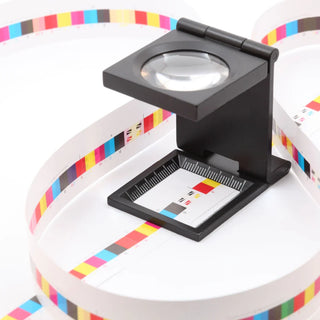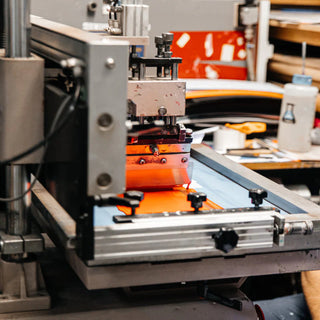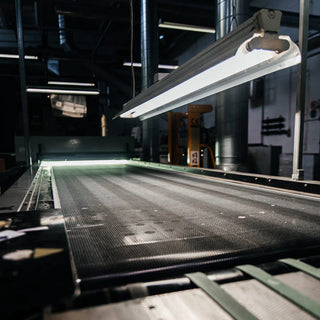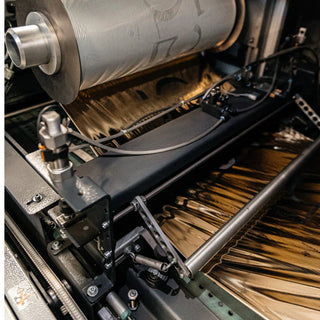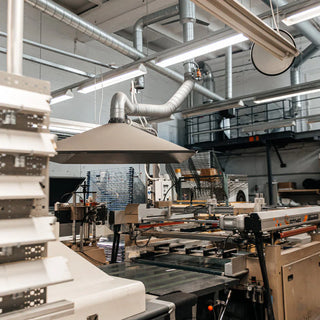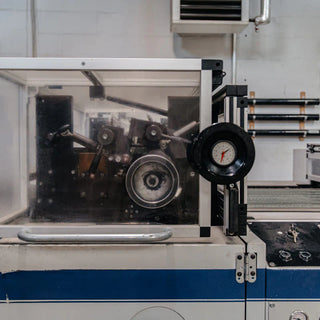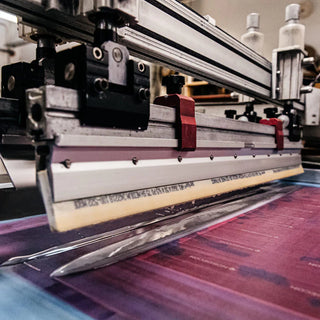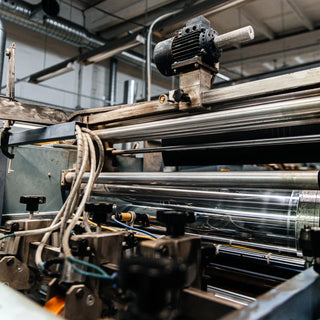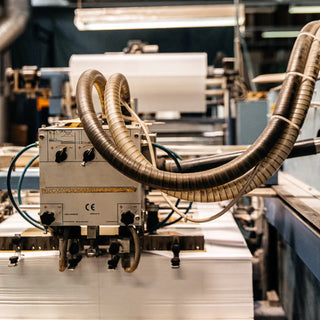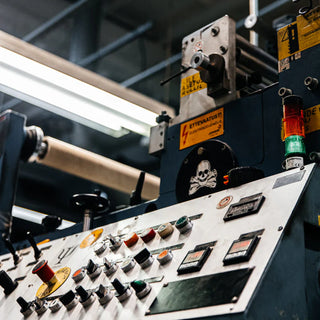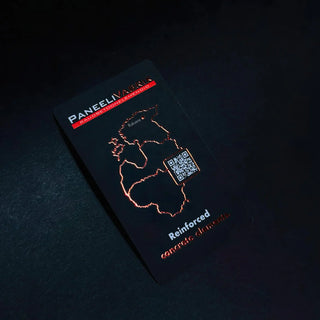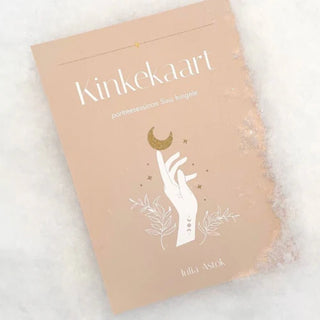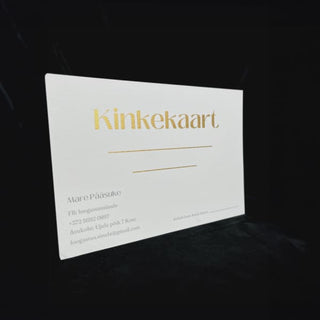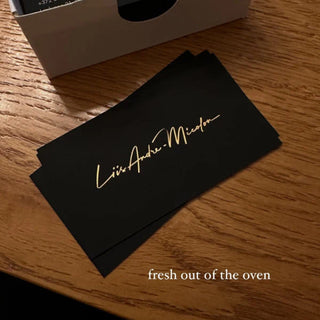The correct answer comes from the English expression that translates to: you get exactly what you pay for, no more, no less.
In other words, printing services differ not only in price but also in the end result. There are printing service providers who focus on producing prints at the lowest possible price, and on the opposite end, there are printing service providers who offer possibilities that essentially have no ceiling, limited only by the client's and their designer's or design agency's imagination. Roughly speaking, 50-70% of both cheap and expensive print costs come from the printing substrate material.
In cheap print production, this is predominantly regular white paper or cardboard, while for more expensive options, you can choose from a huge selection (several hundred) of different colors, surface finishes, thick and extra-thick design papers, cardboards, recycled papers, seed papers, handmade papers, plastics, etc. And from here, things are just getting started, as printing can be done using very different printing methods, the most expensive of which is silk screen printing, which can achieve 80% of all printing effects in the world of special effects. For example, most spot varnishes -- matte, embossed, glow-in-the-dark, UV light visible, bubble and sand textured, plus glitters with huge color ranges and pearl powders added to glossy varnishes.
Next in cost are UV solution prints and effects, such as 3D varnish and foil. It further depends on the purpose of the print -- whether it needs die-cutting, cutting, folding into special shapes, etc.
Returning to affordable prints, up to 500 pieces are produced with print using average-level digital printing machines, while quantities over 500 use offset printing. This is usually followed by cutting and depends on the purpose, whether producing flyers, brochures, or cheap booklets, brochures, notebooks.
Due to recent pressure from the so-called green circular economy, recycled printing materials have entered the higher price class in paper, cardboard, and plastic sectors, and these are by no means cheap solutions. Many clients also increasingly demand printing with eco-friendly inks, which definitely doesn't mean budget prices, as cheap petroleum-based chemicals have been replaced with much more expensive eco-friendly chemicals, which unfortunately are often produced at the expense of or from food product byproducts.
Therefore, instead of talking about cheap or expensive printing methods/printing services, we should rather talk about the best price-quality ratio in the printing world based on needs. Sometimes you do need to mass-produce the cheapest possible advertising materials to distribute massively at trade shows and in people's mailboxes to achieve your goals, and at the same time, when you want to start selling a more expensive service or product than usual, exclusive materials with printing effects are appropriate for packaging. At the same time, don't forget that both business cards and gift cards are the "packaging" for service providers (such as beauticians, hairdressers, cosmetic surgeons, masseurs, etc.) to sell themselves.
